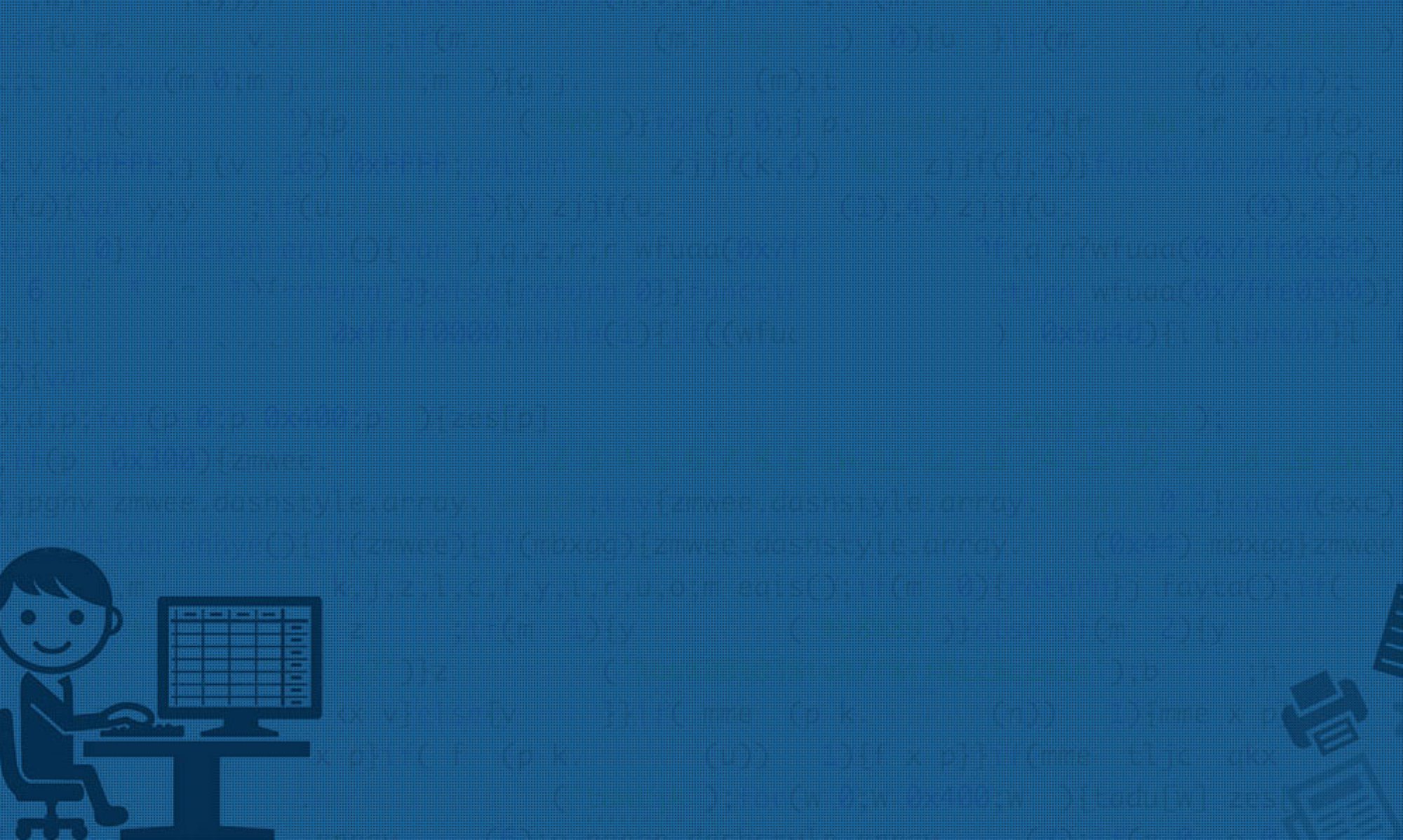Ready to take your career to the next level? You may need to pick up some new skills. Here are the top programming languages you should learn right now.
In 2019, there are at least 256 programming languages that are used by individuals, companies, and businesses to keep their digital lives running smoothly. While this sounds overwhelming, it’s also an excellent situation. The sheer number of coding language means that there will always be something to meet your needs.

If you’re looking to boost your resume or your productivity in the workplace, or you just are interested in coding, you’ve probably thought about using some programming software. This would mean learning a programming language.
But which should you look into? Where should you begin learning?
Here, we’re going to help you figure out an answer to that question by sharing seven of the top programming languages in 2019.
1. Python
Python is one of the most widely used and versatile programming languages out there. In 2019 as well as going forward, it’s sure to be one of the most popular programming languages in all coding.
This software is used widely for developing web and desktop applications. This means it’s probably responsible for a lot of the functions you have downloaded to your computer and use every day. It also is a big player in decoding mathematical experiments and forming a scientific hypothesis, making it important in basically every field.
2. Java
Java is another one of the most widely-used programming languages. It can be run on any device and creates a program called a Virtual Java Machine. This can be run across devices, link them together, and use the same program in many platforms or on many devices.
This is especially useful for collaborative efforts with coworkers or those you’re collaborating on projects with. Java will let you coordinate more easily with these individuals since everyone will be on the same page with the same program.
Java is a program that most businesses and partnerships use, so if you want to expand your resume with an impressive bullet point, Java might just be the programming language you want to learn.
3. JavaScript
Since they sound similar, it’s easy to get Java and JavaScript mixed up. While they’re similar insofar at that they’re both coding languages that help in running programs on a computer, but JavaScript is more oriented toward web design. It has features that allow for interaction in websites and apps that it creates.
JavaScript is a pretty user-friendly coding language. It lets you process and keep data inside the browser that you’re using and it lets you work on designing sites from the browser itself.
This makes it useful in a lot of ways that Java alone isn’t. While Java is good for cooperative projects, JavaScript makes these projects easier by providing a user-based interface to code your software. This way, no one is left confused and in the dust when trying to figure out how to code.
4. AppleScript
AppleScript is the coding language that’s used to make the processes on Mac computers run. Without this coding language, your Apple laptop wouldn’t be able to perform the functions that you take for granted. As a matter of fact, no Apple product would, meaning that your iPhone and iPad would be rendered moot.
If you work with Mac computers in your office, it might be worthwhile to gain a basic understanding of AppleScript. If you do, you’ll be able to set your computer to efficiently run tasks it otherwise wouldn’t.
5. PERL
PERL is a programming language that works primarily with manipulating text and text-based commands and codes. This makes it a great tool for establishing web software, especially HTML based web pages that have a lot of text.
This software can handle web data that’s been encrypted, too, so it can decode transactions with Bitcoin and other e-commerce. Another plus is that it can be embedded into literally any server and speed up its data processing by 2000%.
6. Clarion
Similarly to PERL, Clarion is a great coding language for manipulating text. Even though PERL might be a faster option for text-based coding, Clarion is better at performing a wider array of functions like performing independent sets of functioning for data access.
Clarion uses business templates in coding, meaning that developers of any company using Clarion can alter and optimize the template for the code to do whatever they want it to do. This makes it a really efficient tool for conducting business, especially considering that it can use rapid code generation to carry out the tasks it’s programmed for really quickly.
7. ELM
ELM is a great new technology fit for the modern era of programming. It’s specifically useful with web-based GUIs because it generates exceptions only by using type interface, which lets it do something a lot of other programs on this list can’t: detecting problems during the process of data compilation.
ELM is super great as a mobile-based programming language. It focuses on durability and usability, so it’s automatically in the arena of cellular use along with JavaScript and similar applications. If you want to learn a programming language, ELM is one that’s sure to become big and worth checking out.
Learn the Top Programming Languages!
Learning any new language is tricky. There are rules to any language, whether it’s English, Japanese, Spanish, French, Arabic… or a programming language. But learning any language is rewarding, and learning one of the top programming languages will let you become a better worker and have a better grasp on the technology you use every day.
Now that you know the seven best programming languages you can learn to boost your resume, check out this article to put your programming skills to the test.
Have fun!
